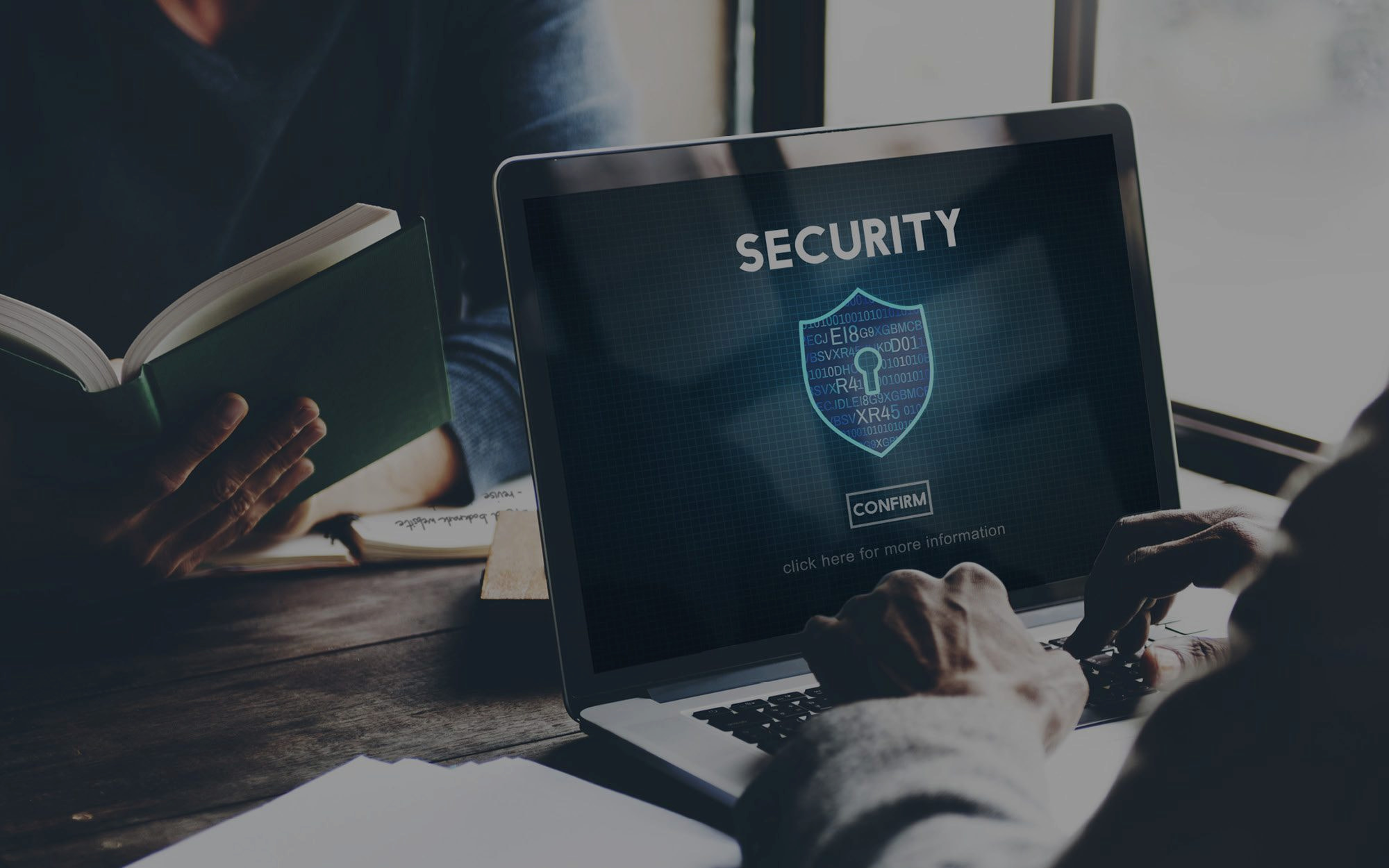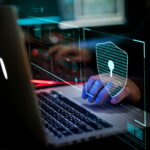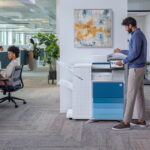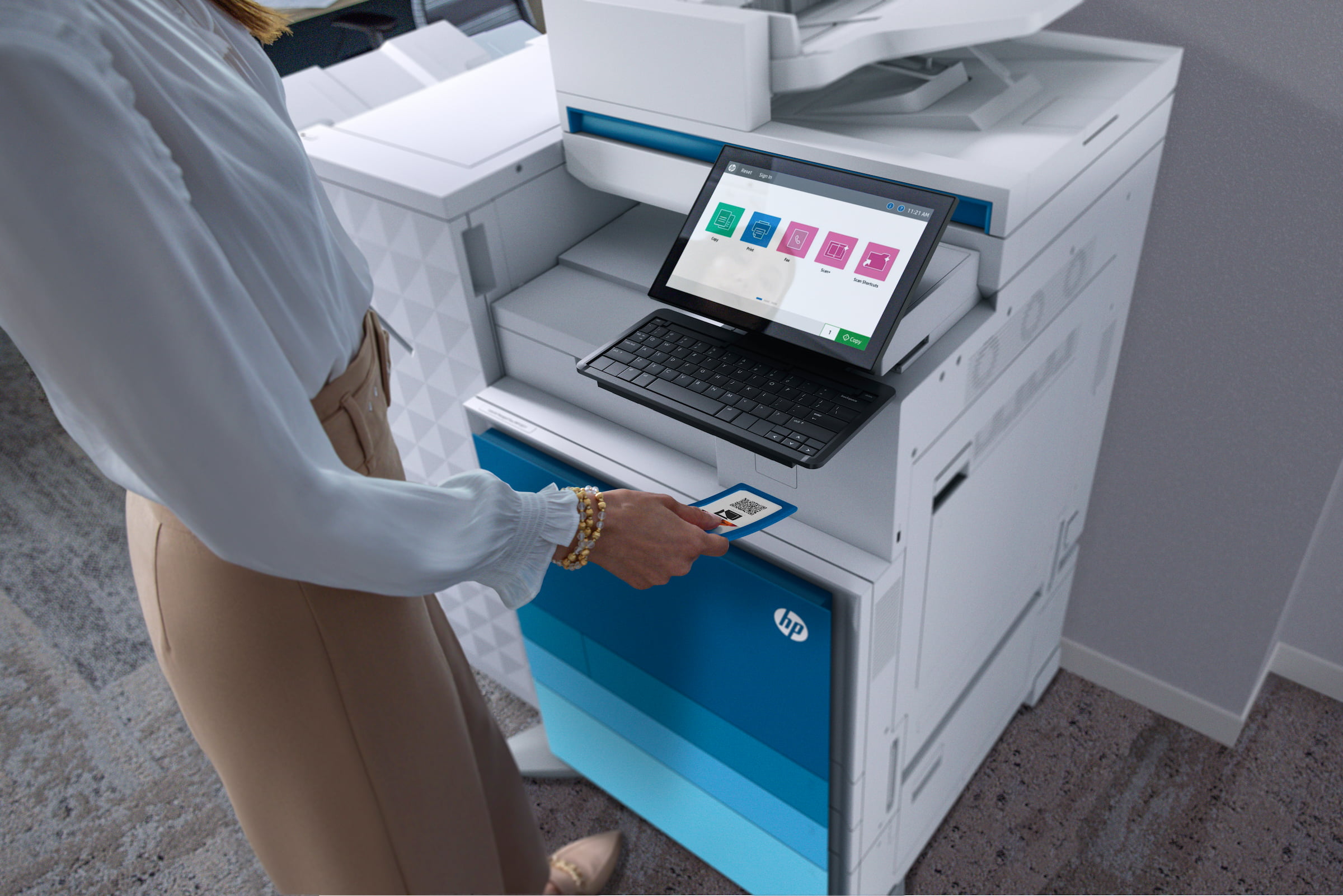
Easy Hybrid Working: The Key to Employee Retention
12 February 2024
Apogee Corporation becomes accredited supplier of Charities Buying Group Framework
20 February 2024
Want stronger data security? Invest in smoother hybrid working
Though high employee satisfaction is a benefit associated with hybrid working, many CIOs are still hesitant to invest in tools for easing digital collaboration – despite the fact that this tech would also enable them to tackle persistent issues concerning data security.
Hybrid working may have rapidly become commonplace for businesses, but recent research suggests that integrating it effectively is still lagging behind. However, this isn’t due to a technical reason, per se – but a growing disconnect between CIOs and their employees, one fuelled, at least in part, to issues of mistrust.
Of a sample containing 200 CIOs and 200 employees across SMBs and the public sector, there is near-unanimous agreement that employees are less productive when working remotely (94% of employees, and 98% of CIOs). However, while 35% of employees report that this lack of productivity is due to insufficient, slow, or unreliable technology, 27% of CIOs would sooner attribute it to distractions at home.

But while many younger CIOs seem to side with their employees, the mistrust that tends to come from older CIOs is compounding the issue – and by possibly mistaking legitimate employee concerns for the latest popular fad, CIOs are risking losing valuable talent.
When asked what they require most to do their best remote work, 37% of employees answered ‘a manager that trusts them to work flexibly and productively’ - which was particularly common for Gen-Z employees (42%). However, CIOs’ unwillingness to invest into digital collaboration is leading to 28% of employees reporting that they cannot do their job properly, and are experiencing feelings of frustration (29%) and isolation (28%).
Worryingly, alienating younger talent isn’t the only thing that Gen X CIOs are risking by underinvesting in digital collaboration – since doing so also jeopardises data security, an area that many older CIOs say they are reportedly struggling with already.
The Issue of Cyber Security
Cyber security will always be an issue in the digital age, and hybrid working has only complicated things – with 24% of CIOs in our sample agreeing that it is the main barrier to achieving functional workplace flexibility. Worryingly, only 2% of Gen X CIOs say they are feeling optimistic about the future of work- which isn’t surprising, considering that 29% of Gen X CIOs are concerned with the security issues that come from hybrid working.
Central to this issue is the prominence of ‘smart’ IoT devices, which have become increasingly varied and widespread to the public – meaning that hackers are spoilt for choice when looking for an entry point to home routers, and, by extension, unprotected company networks connected to them.

Furthermore, 76% of CIOs in our sample admitted that they are not very confident in their ability to collect, use, or store employee data transparently and securely – and 26% believe that the security risks of hybrid work will be the biggest obstacle for employers to overcome for the next 1-2 years. Conversely, data security seems to be much safer ground for CIOs who fall into the Young Millennial age bracket - with nearly three quarters (74%) saying they are confident in this area; pointing to the idea that overcoming modern challenges requires a willingness to engage with modern technologies.
So how can CIOs bridge the generational divide, walk a line that facilitates easy hybrid working cost-effectively, and also ensure that their company networks are properly protected from cybercrime?
Equipping the Digital Workplace
The good news is, digital collaboration tools can actually be integrated into your business safely, and cost-effectively – and by combining Gen X's experience with Gen Y's willingness to embrace innovation, you can not only bolster your data security measures, but also enable seamless communication between your office and hybrid teams. This gives you the best of all worlds – setting the stage for greater productivity, happier staff, and unparalleled business continuity.
To ensure that your company network is kept safe from cyber-threats – particularly those originating from home routers – your first port of call is an endpoint security solution that incorporates isolation technology. Crucial for any organisation, isolation technology ensures all files and applications are opened in separate, secure virtual spaces, meaning that any malware is completely contained and unable to access other files or systems.
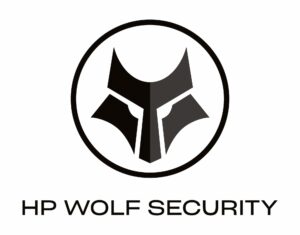
Once this in place, you are free to safely introduce effective digital collaboration tools into your business. This could range from an Information Management system, which allows authorised employees to easily share and access files from a secure server; Process Automation software, which frees up employees by compliantly handling tedious digital busywork; or a Meeting Room Equipment service, which enables clearer communication between your office-based and remote employees.
Armed with these tools, your employees are free of the limits of physical distance – and empowered to be more productive than ever, without sacrificing the safety of your business.
For more information, download the eBook below.
Latest insights
Keep up to date with all the latest in Managed Workplace Services.
By submitting this form, you acknowledge that you have read and understand the Apogee Privacy Statement.
Data Privacy Policy | Cookies Policy




